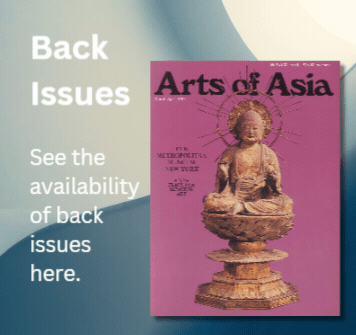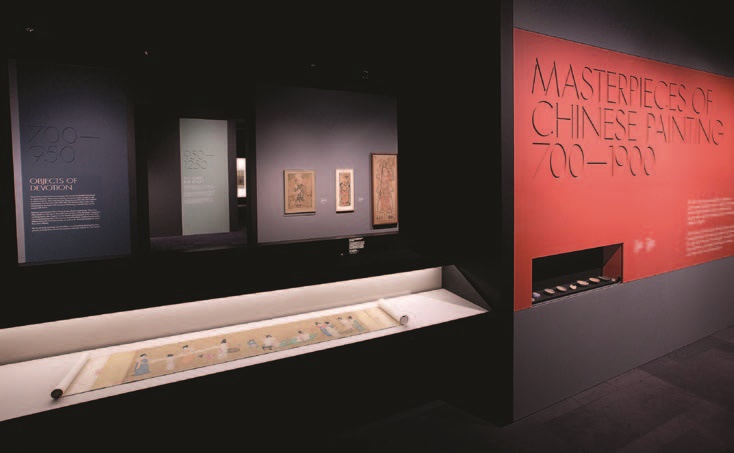
SINCE ITS introduction in the mid-19th century, photography has become the most direct medium for people across the world to understand China. Hong Kong was then an ideal base for a photographer since it was a port of growing commercial significance, within easy reach of China and with a ready flow of customers requiring photographic souvenirs of the region. Today, old photos are invaluable research materials for studying both the general history and history of photography of modern China.
Selected for the front cover of the Arts of Asia January–February 2014 issue is an early view of the Hong Kong Hotel block on the corner of Pedder Street and the Praya (later Des Voeux Road). This rare composition, taken from a boat in the harbour, is a testament to the skill of the photographer—the sharp image of a steam ferry in the foreground is exceptional and in the background Victoria Peak looms. On the reverse of the photograph is a chop in blue ink: “Afong, Photographer, Hong Kong”. Afong (circa 1870–1938) was one of the first Chinese photographers to establish a studio in Hong Kong.
John Thomson (1837–1921), the notable Scottish photographer, held Afong in high regard and complimented him on his work. Incidentally, the Hong Kong Maritime Museum is holding a special exhibition of images taken by John Thomson during his extensive travels in China between 1868 and 1872. The Thomson pictures run until February 16th, 2014, thus this issue’s notable articles on early photography written by Jonathan Wattis and Betty Yao respectively are quite timely. In celebration of Wattis Fine Art’s 25th anniversary at 20 Hollywood Road, Jonathan and Vicky Wattis are presenting in their gallery a collection of original albumen and gelatin silver prints of Hong Kong, circa 1862–1900. For several years, Jonathan has been acquiring examples of considerable merit from long-time collectors and dealers in America and Europe.
Asian Art in London (AAL), in the course of the past sixteen years, has become one of the most prestigious events on the international art calendar. From October 31st to November 9th, 2013, over fifty-five leading Asian art dealers and major auction houses offered visitors the opportunity to handle and buy beautiful works of art. The highlight during my week in London this year was the Victoria and Albert Museum’s outstanding exhibition “Masterpieces of Chinese Painting 700–1900”. I went three times to view the exceptional paintings in the spacious galleries. The lighting had to be carefully toned down by the team of curators, as these priceless artworks are mainly preserved in dedicated museum storage facilities and rarely permitted to travel.
My favourite dealer exhibitions in London included Marchant’s “The O.J.R. Allen Collection of Chinese Jades”; Roger Keverne’s “Fine and Rare Chinese Works of Art and Ceramics”; Kaikodo’s “Fans of Chinese Painting”; “Chinese Boxes” at Ben Janssens Oriental Art Ltd; “The Avant-Garde in China: Ink Painting and Sculpture” presented by Michael Goedhuis; and “Junyao” and “Bo Ju Gui: An Important Chinese Archaic Bronze” at Eskenazi Ltd. The auction houses were also kept busy with a constant flow of Chinese buyers at the previews and sales (please refer to the Saleroom News in this issue on pages 122–125).
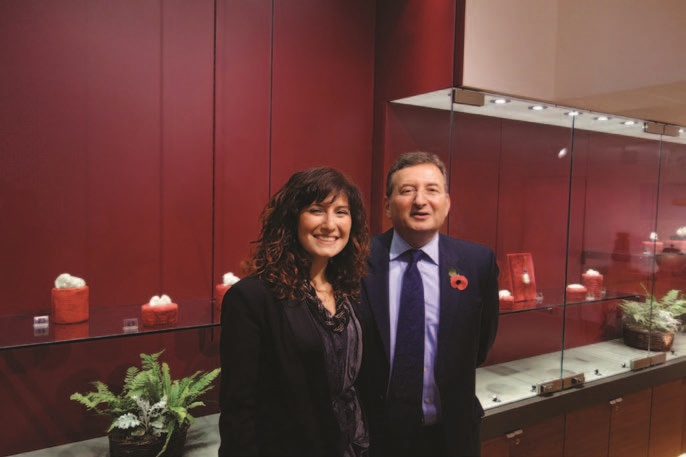
I had heard a lot about Bonhams’ brand new £30 million headquarters at 101 New Bond Street and it certainly did not disappoint. The glittering official opening ceremony on October 24th was performed by the Mayor of London, Boris Johnson. Designed by architects Lifschutz Davidson Sandilands, the handsome new building is stylish and well-equipped with new technology. The impressive transformation was one of the hot topics of conversation during AAL. Bonhams Chairman Robert Brooks said, “These salerooms will be a real pleasure to be in and perfectly set the scene for the objects we will sell. I wanted a feeling of space and to be able to create the right atmosphere—to change the lighting, adjust the temperature, ensure state-of-the-art fresh-air circulation. We can do all that at the touch of a button. This is an auction house for the 21st century that will enable Bonhams to take the next step in its development and challenge at the very highest level.”
Another piece of exciting news is the £20 million gift to the School of Oriental and African Studies (SOAS), University of London, to advance the study and preservation of Buddhist and Hindu art in Southeast Asia. The largest ever gift in Alphawood Foundation’s history, the donation is also one of the largest recorded to UK higher education, especially in the fields of arts and humanities. The greater part of the donation (£15 million) is to fund an ambitious academic programme that seeks to build on SOAS’s world-leading research expertise and existing institutional links in the Southeast Asia region.
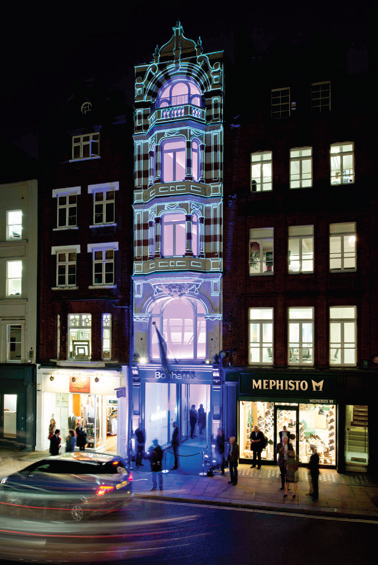
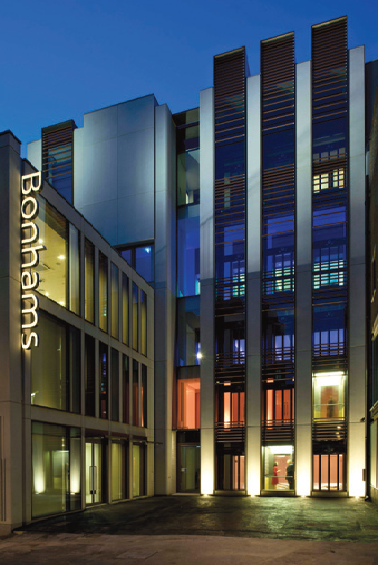
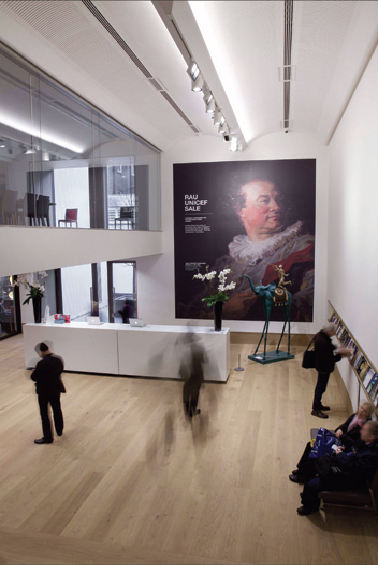
Towards the end of November, Hong Kong was the destination for collectors and remarkable prices were achieved at auctions (illustrated here are significant lots offered at Bonhams, Sotheby’s and Christie’s). Following on from the extraordinary sale in May, the seventh part of Snuff Bottles from the Mary and George Bloch Collection consisting of 183 lots was 100% sold and achieved HK$39,917,500 (including the buyer’s premium). Christie’s ended the year on a high with The R.F.A. Riesco Collection of Important Chinese Ceramics on November 27th, 2013. Seventeen of the select group of twenty-four Chinese ceramics from the collection of the British businessman and connoisseur Raymond F.A. Riesco (1877–1964) were sold for a total of HK$102,440,000. The sale was followed by Imperial Chinese Porcelain Treasures from a Distinguished American Collection, with thirteen out of fourteen lots selling for HK$105,017,500
.
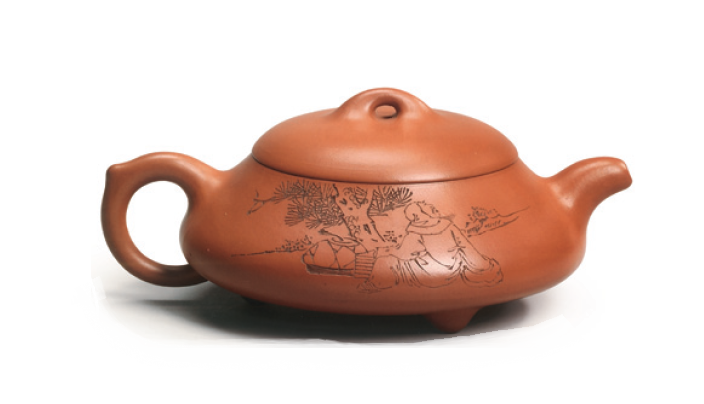
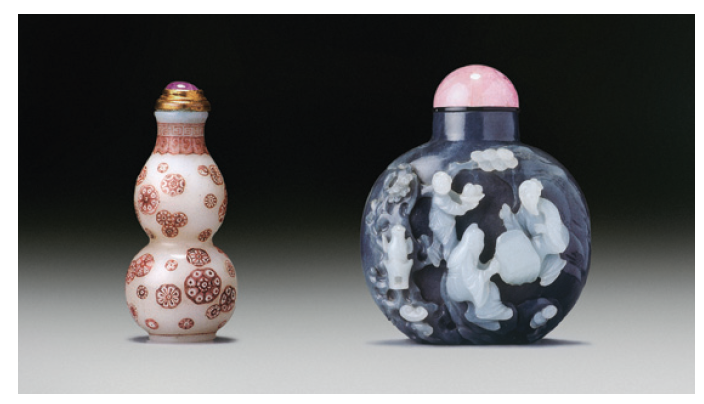
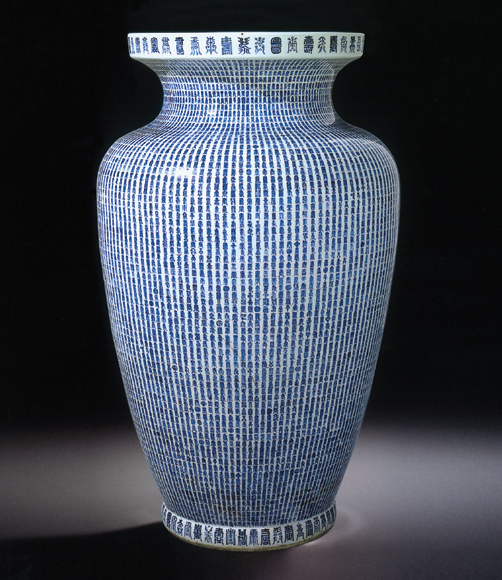
In the Important Chinese Ceramics and Works of Art sale, a monumental Kangxi blue and white “Wanshou” vase realised HK$64,520,000 (estimate HK$3,000,000–5,000,000). The exterior of the vase including the rims are inscribed overall with ten thousand characters in cobalt blue in ninety-seven rows, comprising one Wan character and nine thousand nine hundred and ninety-nine Shou characters rendered in various forms of seal script, conveying the message Wanshou Wujiang, “Countless years of long life without limit”.
Finally, I would very much like to bring to readers’ attention “The Magic of India” exhibition, which I recently had the pleasure of visiting at Casa dei Carraresi in Treviso, Italy. Curated by Marilia Albanese, Renzo Freschi and Adriano Madaro, the enjoyable show on view until March 31st, 2014 features inspiring Indian art from prestigious Italian museums and private collections. The exhibition has been carefully divided into eight interesting sections: “Sculpture in Ancient India”; “Eros in Indian Art”, “Gandhara: Crossroads of Culture”; “Maharaja: The Children of the Gods”; “Costume in Fashion and Rites”; “Jungle, Fakirs and Temple Dancers”; “The Italians Land in India”; and “The Art from the Temple to the Court”. Arts of Asia readers who would like to learn more about the exhibition are welcome to contact Mr Renzo Freschi (email: renzofreschi@renzofreschi.com).
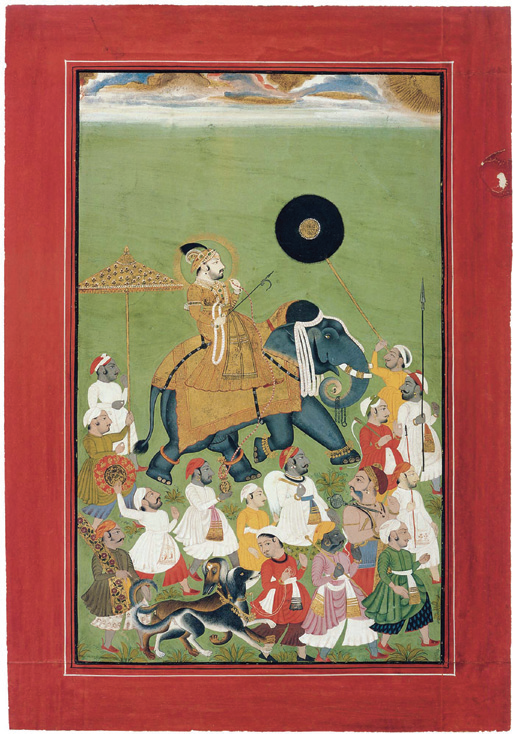
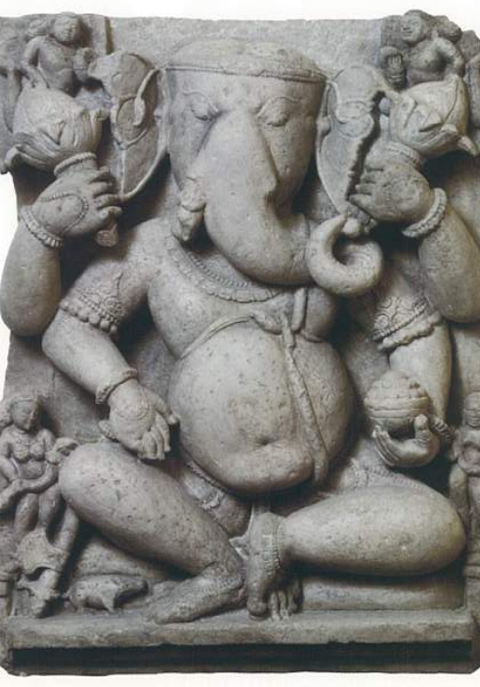
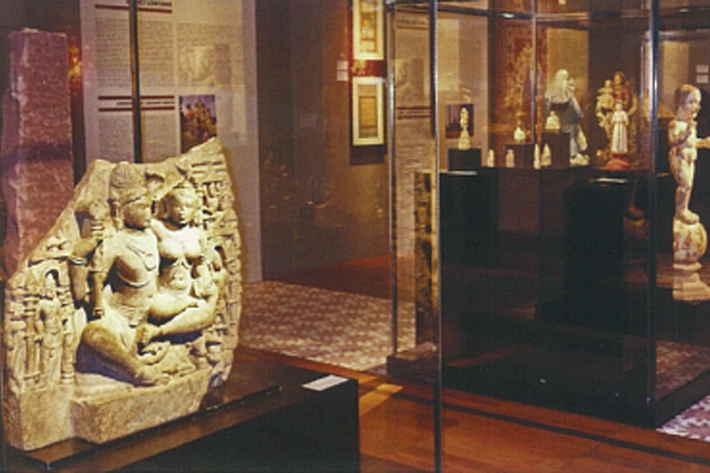
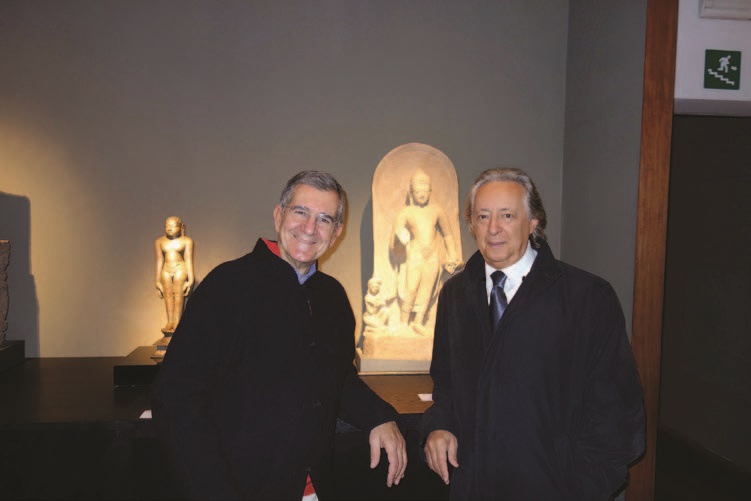
Mr Dino De Poli, President of Fondazione Cassamarca, writes in the sumptuous exhibition catalogue, “We have entitled this exhibition ‘The Magic of India’, referencing thus the collective imagination which still sees India as a magical, mythical and mysterious place. As the magnificent displays in this exhibition reveal, India has made an original contribution to world civilisation and always promoted tolerance and understanding between different people.” As we look forward to a new and exciting year, I feel that this is an important thought on which to conclude my Editorial.

Please click here to view the contents of this issue.

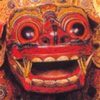 Subscribe
Subscribe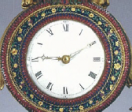 Calendar
Calendar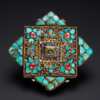 Links
Links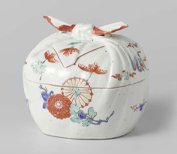 Gift
Gift

